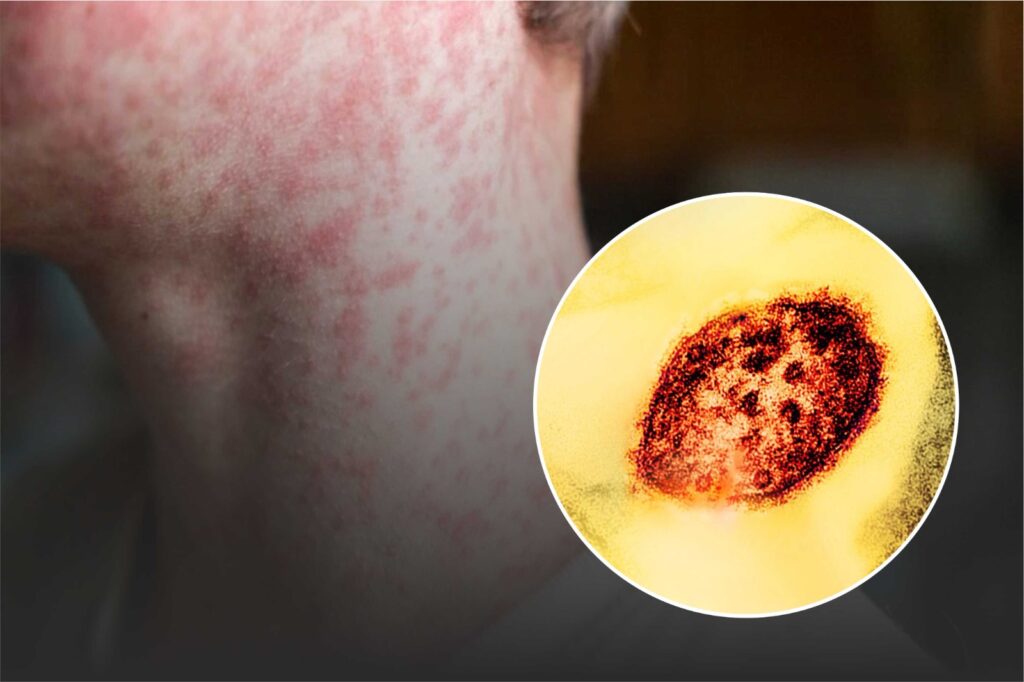
Researchers have warned that the United States is at risk of measles making a comeback, nearly 25 years after it was declared eradicated.
If current childhood vaccination rates continue, computer models predict up to 851,300 cases over the next 25 years, with measles spreading regularly at high levels. A 10 per cent drop in the vaccination rates could lead to an estimated 11.1 million measles cases over the next 25 years, according to a report published in JAMA.
If routine childhood vaccinations declined by 50%, the country would see 51.2 million measles cases, 9.9 million rubella cases, and 4.3 million poliomyelitis cases over the next 25 years.
Also Read | Measles outbreak in the US causes debate about natural immunity and vaccination
The United States had eliminated measles in 2000 as a result of widespread vaccination. However, the disease has made a comeback in the recent years driven by declining vaccination rates and outbreaks in certain communities. Currently, there are around 800 measle cases in the US, as per CDC data. Texas, New Mexico and Oklahoma have reported the majority of the cases. Overall, 96% of cases were in people who were unvaccinated or had unknown vaccination status.
Measles is highly contagious and can cause severe complications, especially in young children, including pneumonia, encephalitis, and even death. The CDC recommends that all children receive the MMR vaccine at age 1 and again at age 4 to prevent the spread of the disease.
The study showed that if current trends were reversed and there was a 5% increase in the number of people getting the MMR vaccine, there would be only 5,800 measles cases over 25 years.
“These findings support the need to continue routine childhood vaccination at high coverage to prevent resurgence of vaccine-preventable infectious diseases in the US,” the researchers wrote








